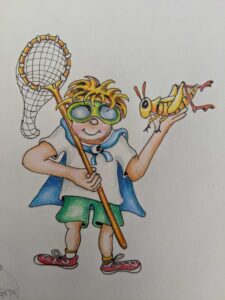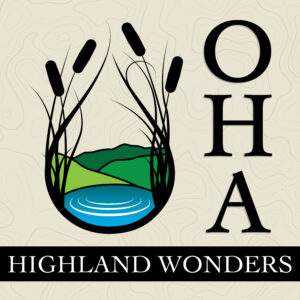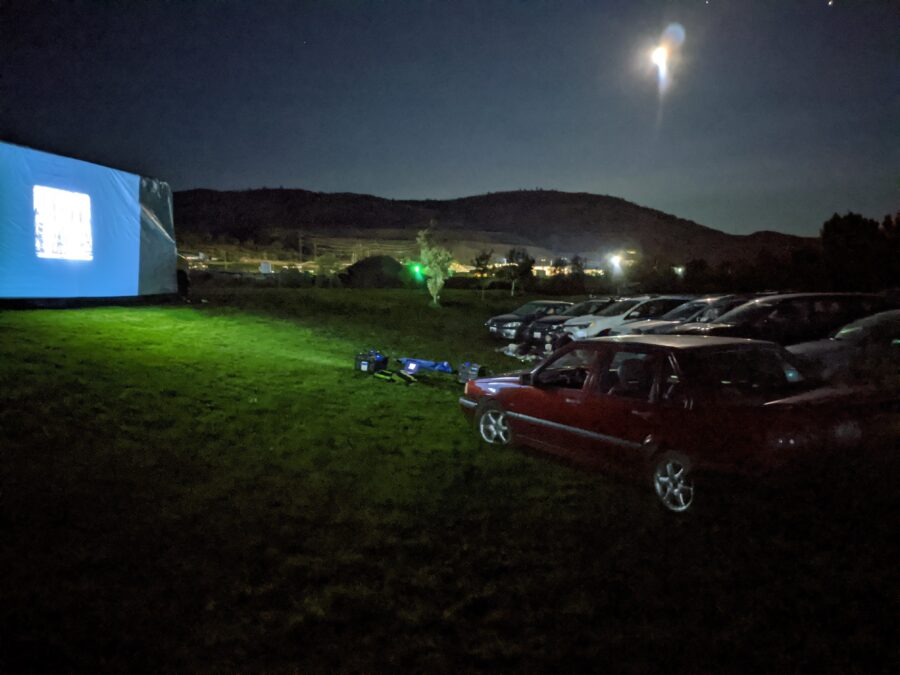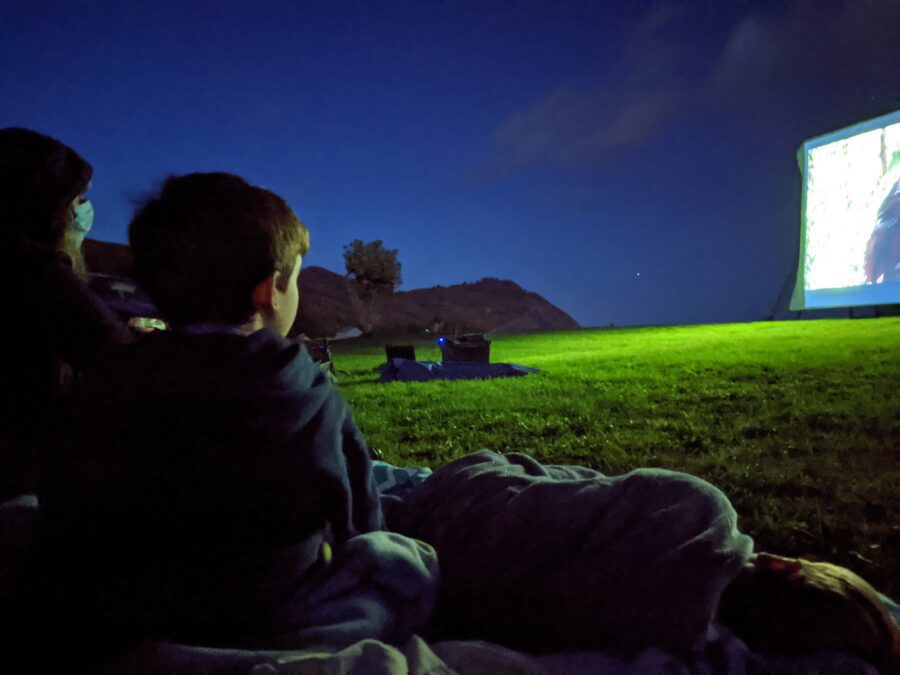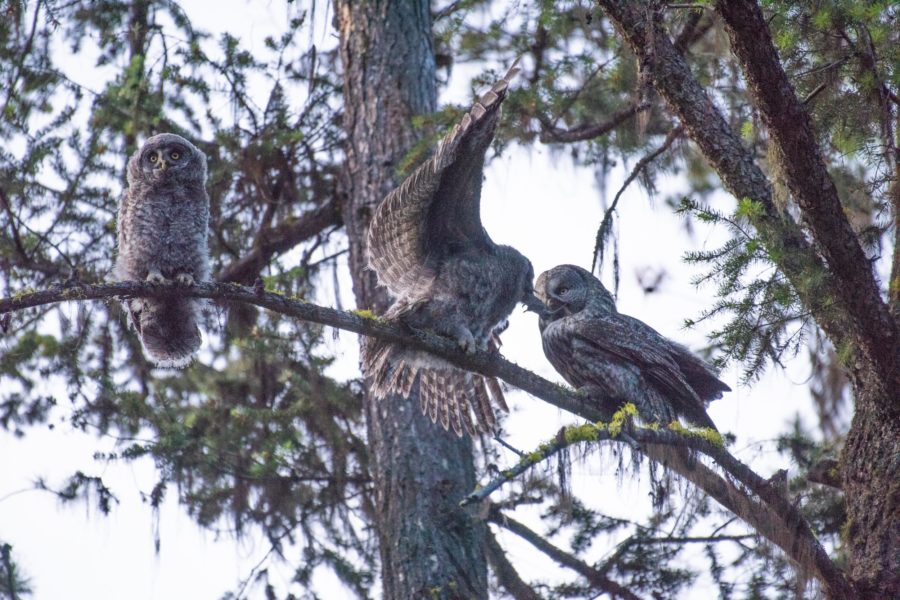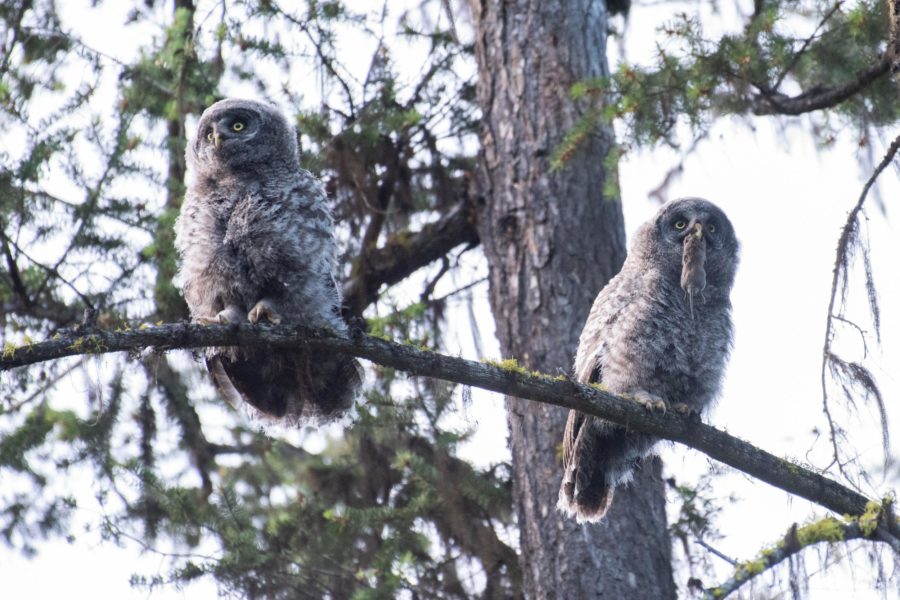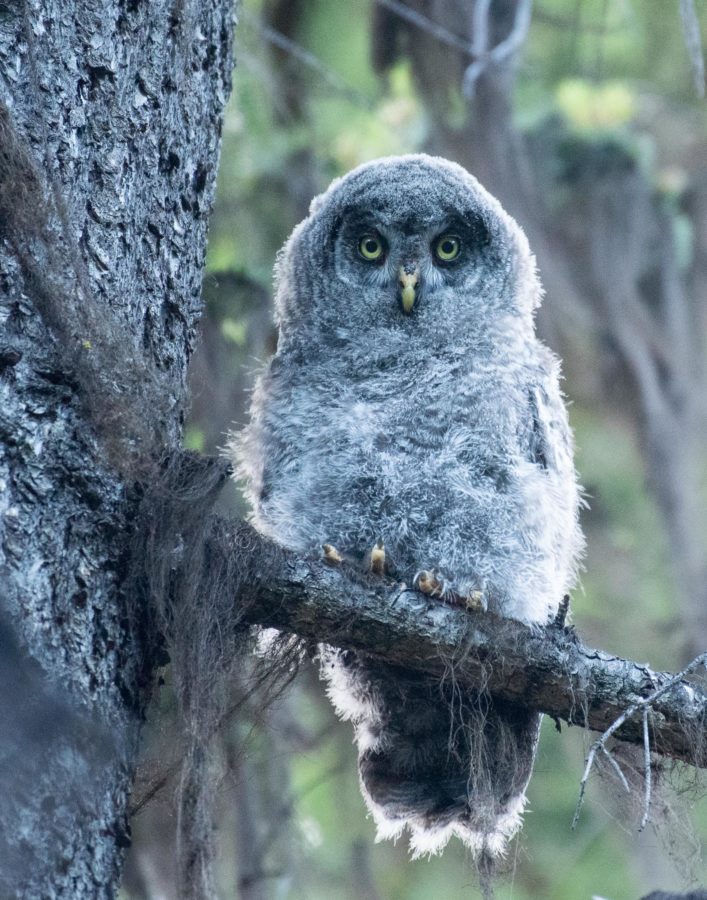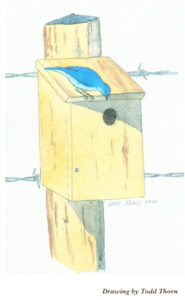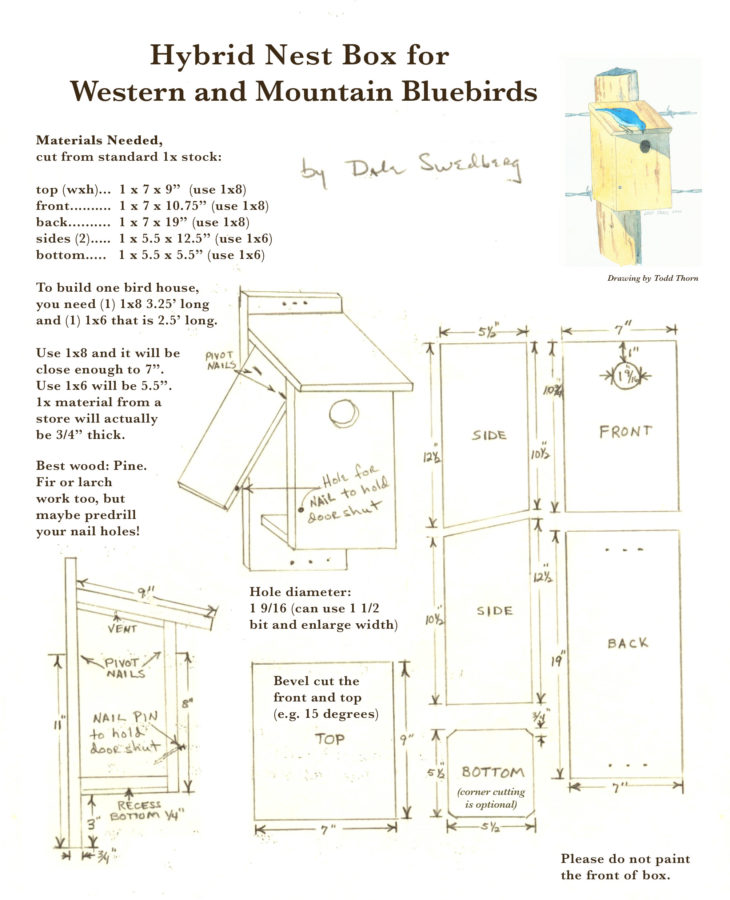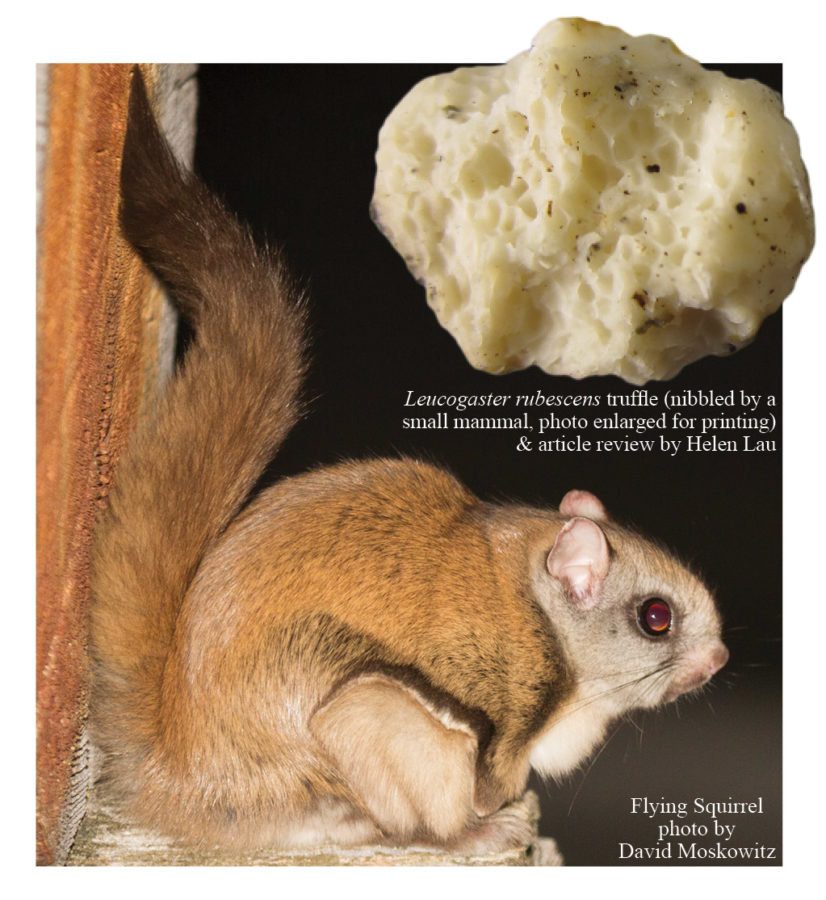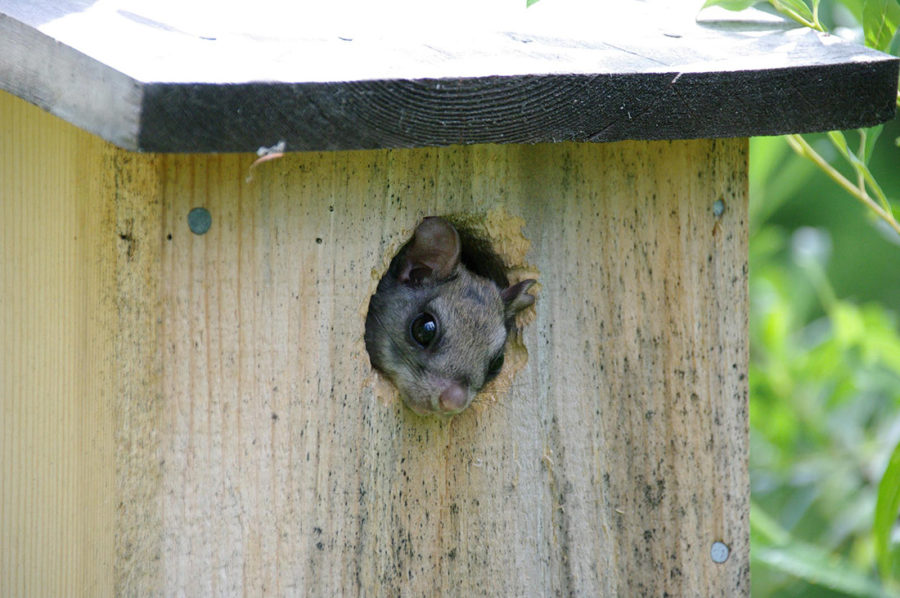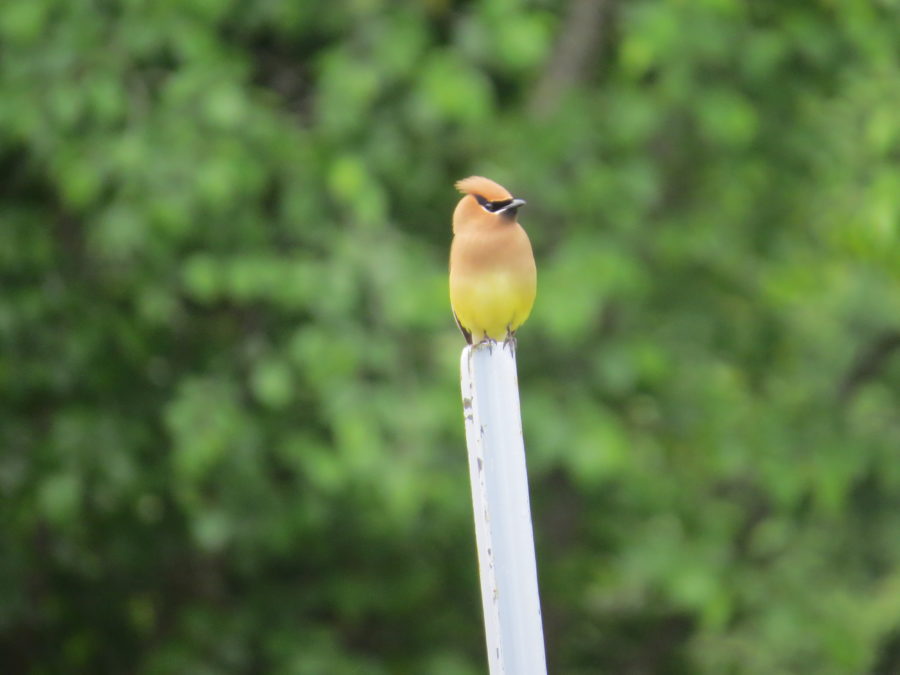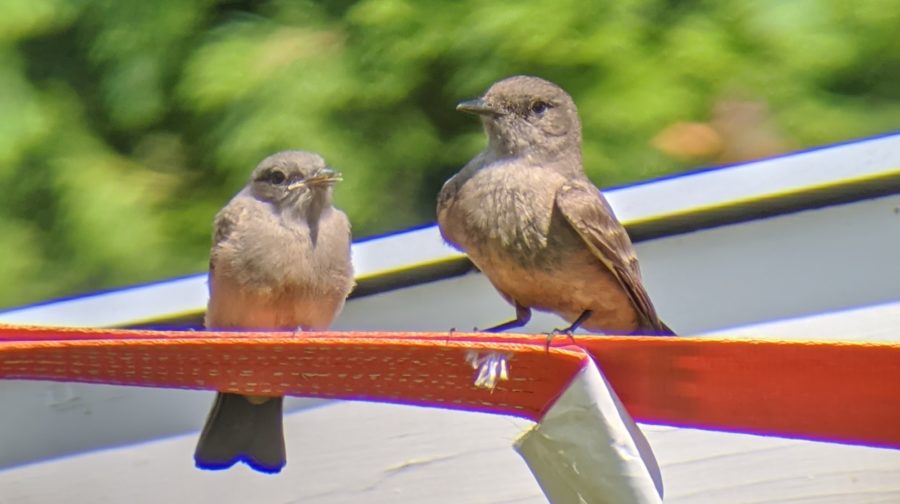Podcast! Grouse of the Okanogan, Highland Wonders S1:E2
In this podcast episode, learn a little bit about OHA and a lot about the grouse of the world, with special focus on the grouse species that inhabit Okanogan County, WA, with Dr. Michael Schroeder. Also, join Jack, the Nature Detective, as he explores the Okanogan Highlands in this story for kids of all ages.
Podcast Credits: Presentation by Dr. Michael Schroeder, Grouse song by Julie Vanderwal with words by poet Will Nixon (find “My Late Mother as a Ruffed Grouse” and more at willnixon.com). Theme song by Tyler Graves and Andy Kingham.
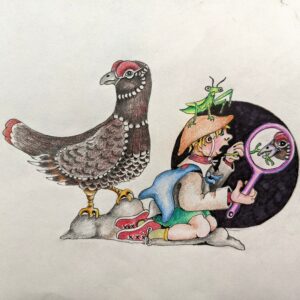
Jack, Nature Detective: Grouse of the Okanogan
“Look! A chicken!” Jack squawks. His little sister laughs and claps her hands, and hollers, “Let’s collect the eggs!” But Jack frowns, and says “Wait, hold on. It can’t be a chicken, that doesn’t make sense…” Jack and his family have just crossed a grassy field to get to the edge of a creek. They are looking for animal footprints in the new snow on an early winter day, and have just been startled by a heavy-bodied bird clattering away across the field. The bird didn’t go far, and it really didn’t fly very high. By Jack’s estimation, it only flew “about three cars high.”
Meet Jack, Nature Detective: Jack is inquisitive, skeptical, creative, quirky, determined, and a friend to ALL critters. His observations of subtle clues and brilliant reasoning make him, quite possibly, one of the world’s most talented nature detectives. Like most of us, Jack’s understanding of the world comes from his own life experiences. He is five years old, and his investigative skills are top notch. If you were to stop by his house you might find our Nature Detective in the midst of an experiential study of squirrel movement, or determining the optimal shelter and food stores for his new pet grasshopper, named Grasshopper. Today, we will share a mystery that Jack uncovered in the Okanogan Highlands. What clues can you uncover in the story?
“Where would a chicken come from? I don’t see any houses. Chickens need houses, and roosts, and nest boxes.” Jack gasps and his eyes get big, “Mom! Are there wild chickens? Or is this someone’s lost chicken? Or… is that not a chicken?” Jack thinks hard, “Time to collect clues. Nature Detective is on the case.”
This bird is smaller than the chickens that he knows from his grandma’s house. But the chickens he has seen fly three cars high, just like this bird. Jack thinks, “maybe it’s a baby, and that’s why it’s small. But… why would a baby chicken wander off on its own?” Jack has recently conducted a study of his grandma’s chickens and this is what Jack knows about chickens:
- They can be lots of different colors.
- They eat seeds and bugs.
- They lay eggs, unlike bats, that have live birds.
- Some chickens grow feathers right over their eyes so they can’t see.
The chicken facts that Jack knows sort of fit with the mystery bird, but it’s just too weird to see a chicken out in the wild. The family follows in the direction that the bird went, trying not to scare it again.
Jack stops and puts his binoculars to his eyes. He scans the branches of some trees along the creek. He scans the snow. He stops. “There it is!” Jack whispers. His mom, dad, and sister all put their binoculars to their eyes and aim the lenses where Jack is looking. There is a bird there, walking awkwardly right on top of the snow. “How does he do that?” Jack wonders. They can see that this is not a chicken. It is speckled, with bright yellow eyebrows, and it’s tail is too pointy to be a chicken. It could be a relative of a chicken. Suddenly the bird disappears. “Where’d he go? That’s not a chicken!” They decide to leave the bird alone, since winter is a hard time to be a wild bird.
When Jack gets home his dad pulls up their favorite website – Cornell Lab of Ornithology. Jack likes this website because he can search for birds by shape and color! It doesn’t take long for him to find a whole bunch of chicken-shaped birds with yellow eyebrows. He thinks his mystery bird was a grouse – but which one? Jack reviews his clues: a grassy habitat, smaller than a chicken, speckled, yellow eye brows, pointy tail, walking on top of the snow. “A sharptail grouse!” Jack hypothesizes. How can he know for sure? For more clues about whether Jack’s guess might be correct, and to learn all about the different types of grouse that live in the Okanogan, Washington and the world, check out OHA’s newest podcast, Grouse of the Okanogan, with Dr. Michael Schroeder.
Stay tuned! Jack will continue to solve nature mysteries on topics related to upcoming episodes of the Highland Wonders Podcast.
